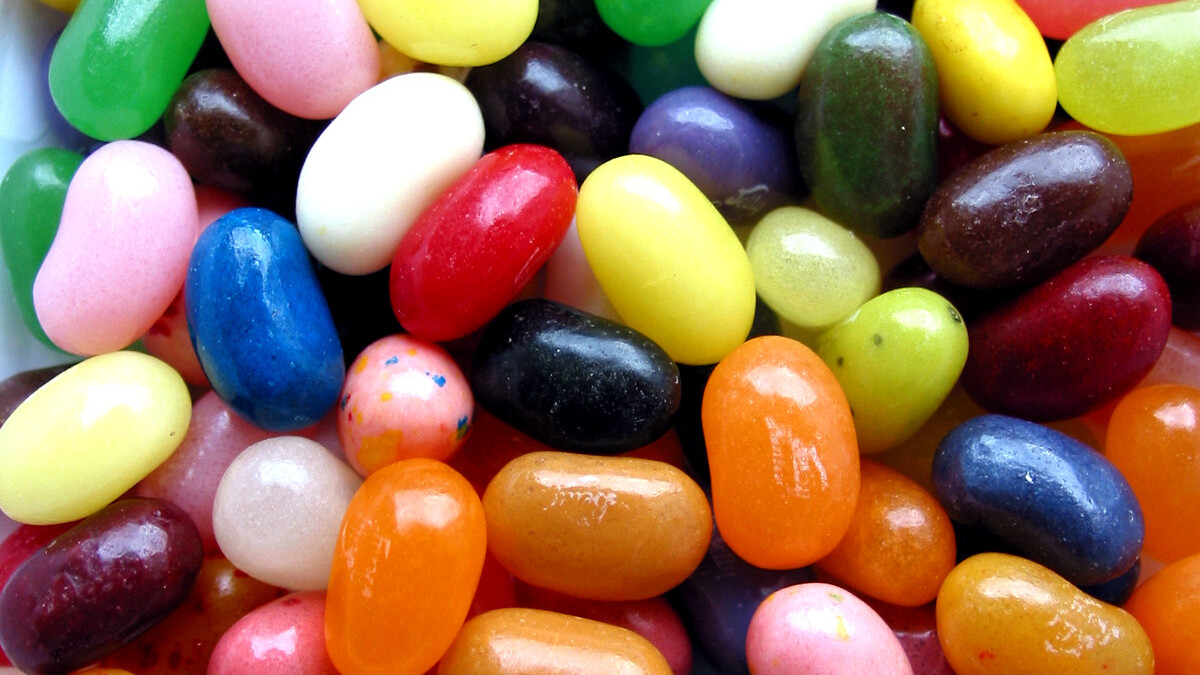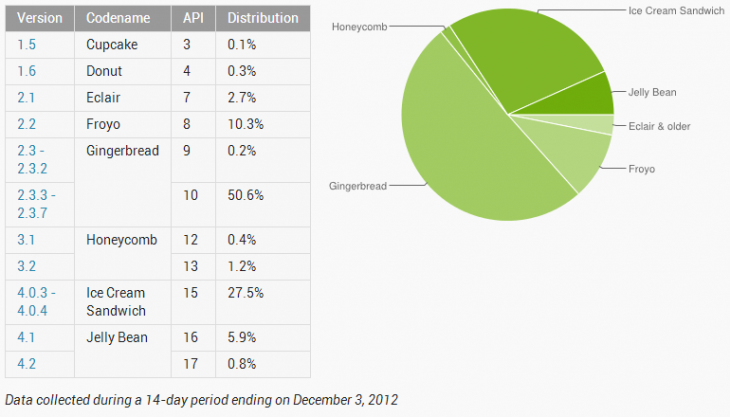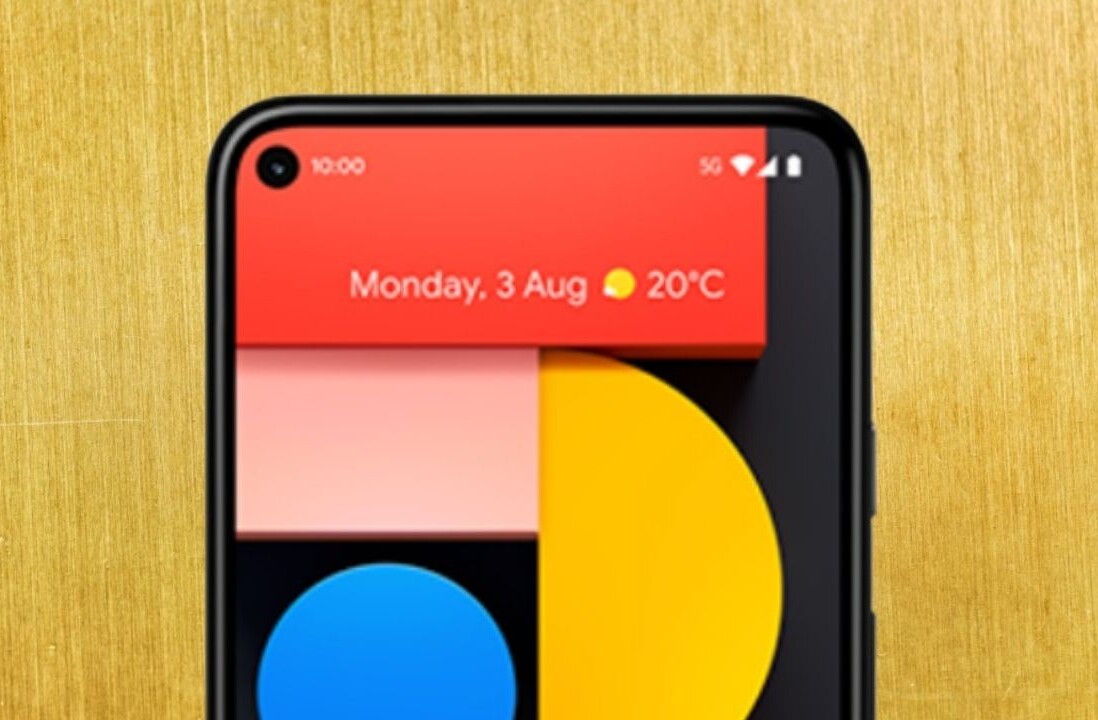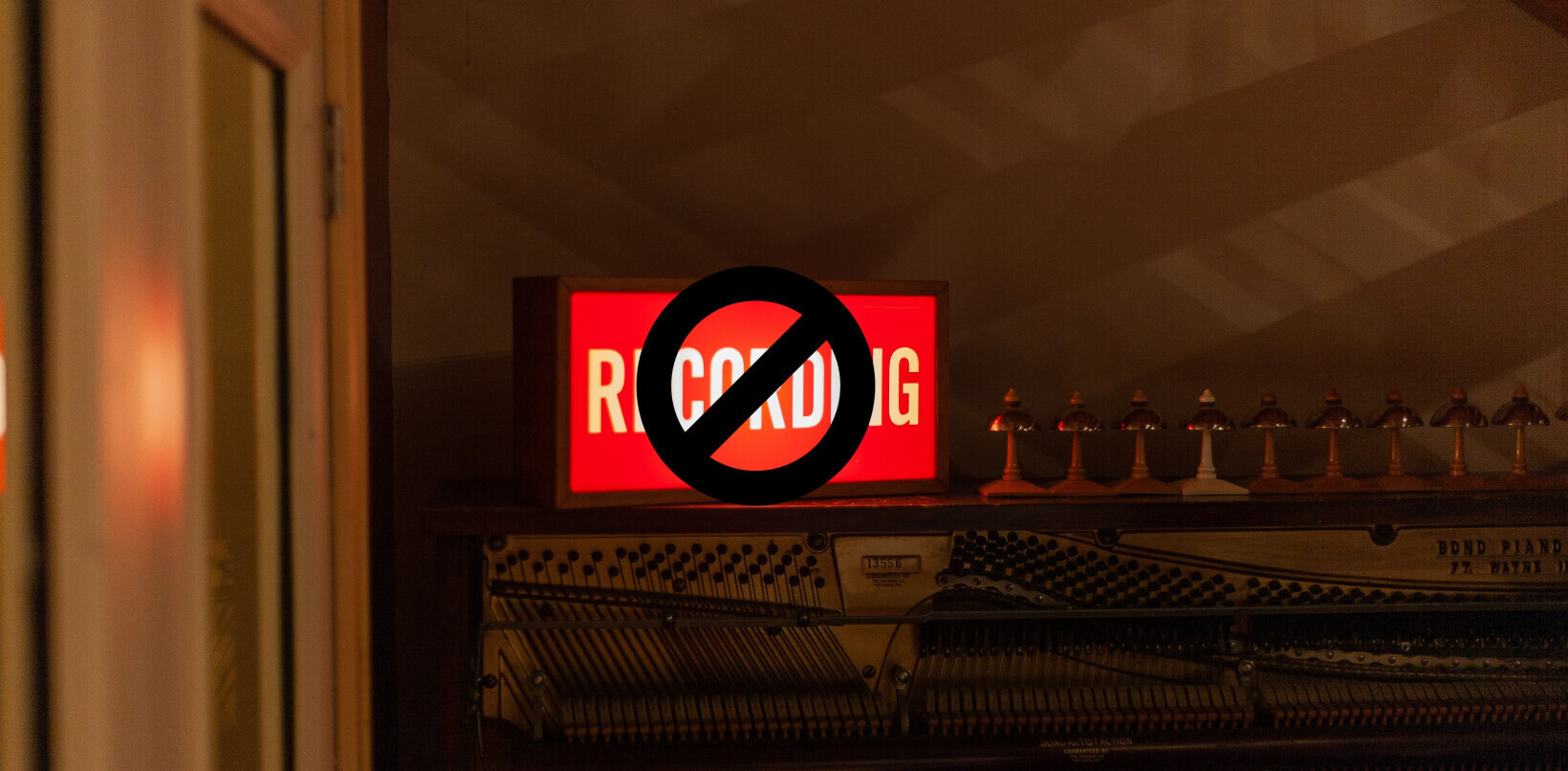
Google on Monday updated its Platform Versions Web page for Android, and it looks like Android 4.x has finally passed the 30 percent share of the droid’s pie. Unfortunately, however, more than half of users are still on Android 2.3 (Gingerbread).
Breaking down the numbers more specifically, 6.7 percent of Android users are now using Jelly Bean (5.9 percent on version 4.1 and 0.8 percent on 4.2). Android 4.0 (Ice Cream Sandwich) meanwhile has moved up to 27.5 percent adoption.
While Android 4.x moves up, its predecessors have of course slightly fallen. In order of newest to oldest, Honeycomb has dropped to 1.6 percent share, Gingerbread has fallen to 50.8 percent, Froyo is down to 10.3 percent, and Éclair has dipped to 2.7 percent.
Yet the bigger picture is still the same: Gingerbread (released December 2010) is first, ICS (October 2011) is second, and Froyo (May 2010) is third. This means the latest and greatest Jelly Beans (June 2012 and November 2012) are unfortunately all the way in fourth place.
Last month, we reported ICS was at 25.8 percent and Jelly Bean was at 2.7 percent. In other words, the gains for the newer Android versions are still very slow: 32 days later, ICS has gained 1.7 percentage points and Jelly Bean has gained 4.0 percentage points.
The good news is that this is an improvement over changes between October and November. At the very least, Jelly Bean is now gaining more than ICS is, which wasn’t the case before. Of course, we’d still rather see Jelly Bean gaining and everyone else falling.
As we’ve previously said, the Jelly Bean releases aren’t the ones that will fix Android’s fragmentation problem. We’re hoping that Google has something clever up its sleeve for Key Lime Pie, but most likely the issue will just never be solved. The simple fact is that Android is growing very quickly, is being updated very quickly, and there is nothing to keep the two in check. That’s simply the way Google likes it: more users, regardless of the way it’s done.
Updates are being rolled out for current devices at a snail’s pace, as users have to wait on carriers and/or manufacturers. On the flipside, if Google can get Nexus 4 into all the hands of all the high demand, there will be a huge growth in adoption for the latest version of Jelly Bean. Furthermore, Nexus devices get updates as soon as possible, unlike other Android devices.
Still, it’s going to be a while before Jelly Bean passes Froyo and ICS, let alone takes the number one spot from Gingerbread.
Image credit: Chris Denham
Get the TNW newsletter
Get the most important tech news in your inbox each week.





